The Livestock Conservancy announces International Heritage Breeds Week, May 18-25, 2025
What does this Mean, and why is it Crucial and Timely?
Note: The links in this post include helpful information and will help you learn in-depth knowledge about heritage breeds and their stewards. Check them out!
I first became aware of heritage livestock breeds in 2008. For several years, my husband, Jon, and I had been eating locally and purchasing food directly from farmers. At Thanksgiving, I saw an article about choosing a heritage turkey, quoting The Livestock Conservancy . Heritage animals tracked by The Livestock Conservancy are endangered livestock breeds established in North America as long ago as the 1500s. Other breeds have been reestablished as recently as 1998. I was fascinated with the heritage breeds and wanted to be a steward myself.
Heritage Turkeys in Danielsville, Georgia
When I retired from teaching in 2010, I was determined to work with heritage breeds. Jon and I purchased eleven acres of pastured land and began to make it happen. We raised three kinds of meat rabbits—American Blue and American White, Silver Fox, and Blue-eyed Beveren, Gulf Coast Native Sheep, American Guinea Hogs, Khaki Campbell ducks, and a variety of heritage laying hens.
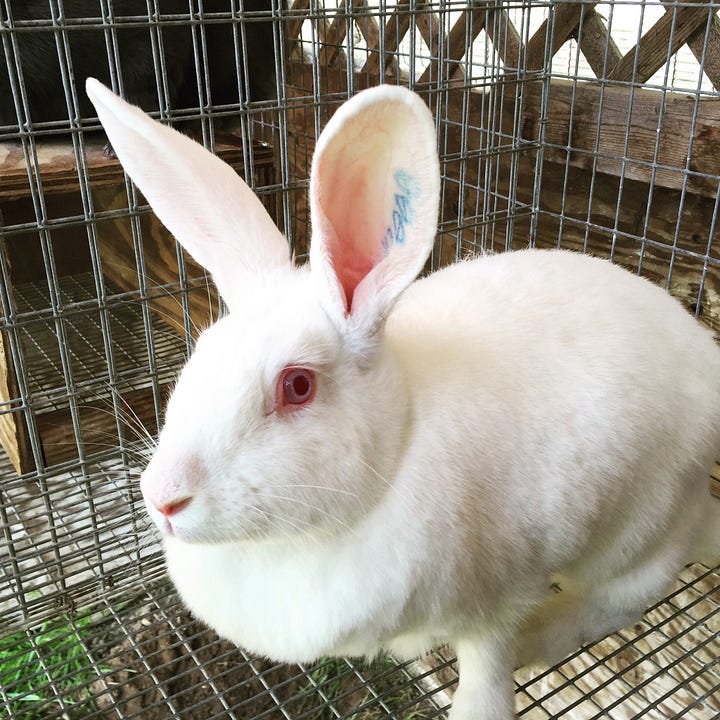
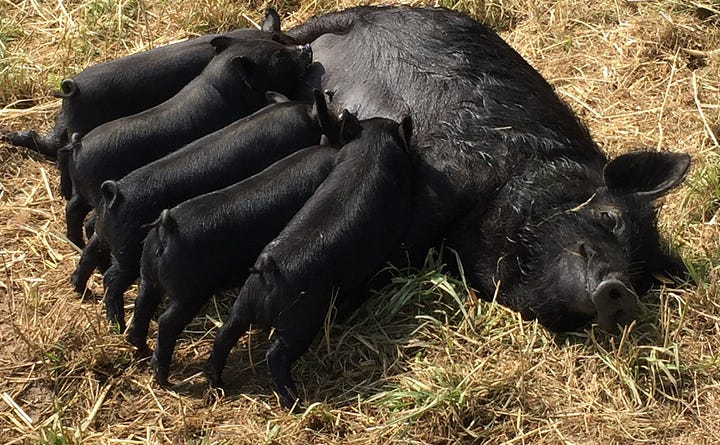
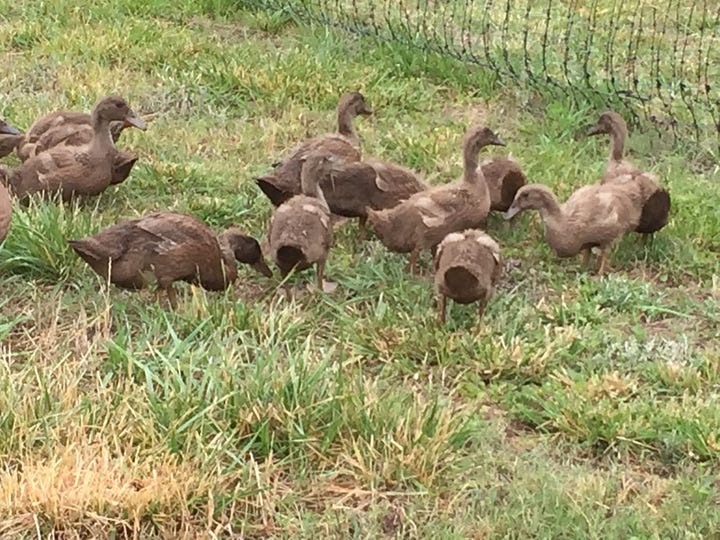
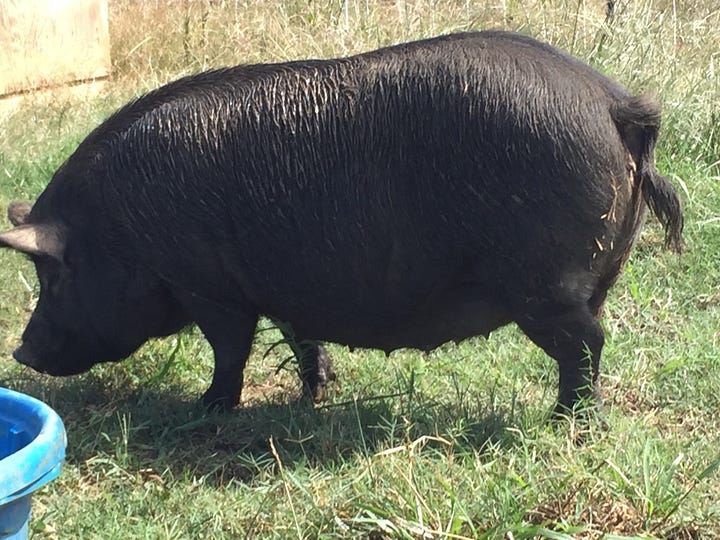
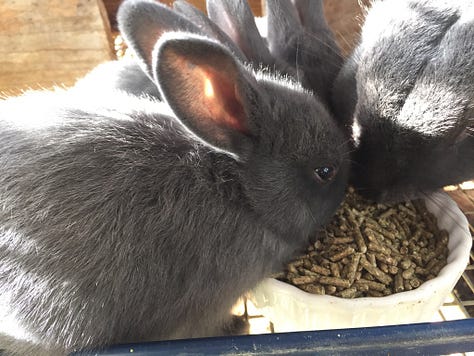
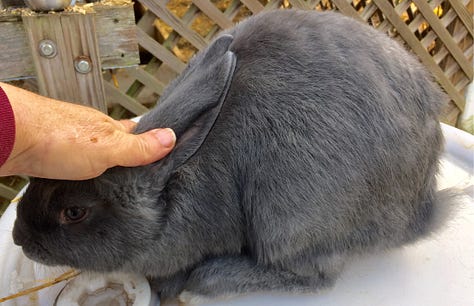
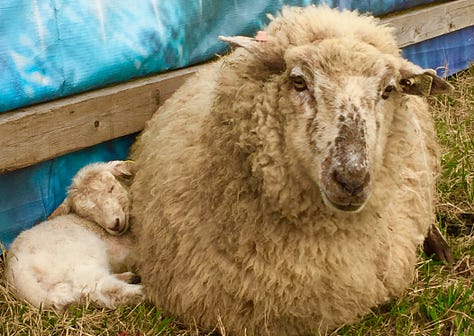

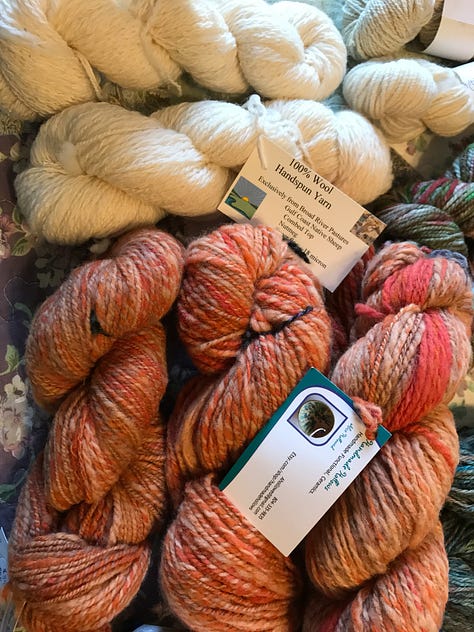
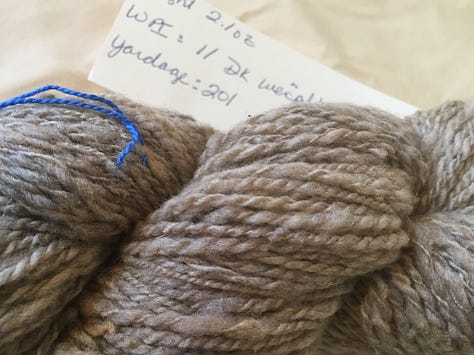
On average, one livestock breed somewhere on Earth becomes extinct each month. This is according to the Food and Agriculture Organization of the United Nations (FAO). Since 2010, the FAO has documented the extinction of six hundred breeds of six thousand breeds around the world. Another 1,350 breeds remain in danger of extinction due to critical numbers.
The mission of The Livestock Conservancy is To protect America’s endangered livestock and poultry breeds from extinction. They have done such a powerful job of their mission that in the forty-seven years of their existence, not a single breed on the Conservation Priority List has become extinct, and each year they report breeds that have graduated from the list. There are eleven species of animals tracked. Every year in May, I do something special to promote and educate others about the heritage species and breeds.
In this age of climate extremes and viral illnesses that pass from animals to people and from people to animals, biodiversity is crucial. A single breed may have an adaptive characteristic that will save the species.
International Heritage Breeds week in 2019 was a special one because it was only weeks after I published my book Saving the Guinea Hogs: The Recovery of an American Homestead Breed. I gave a reading and talk at a local book store that was recorded.
On a podcast episode recorded on International Heritage Breeds Week in 2020, I chat with the host about the uniqueness of heritage breeds, how The Livestock Conservancy supports breeders, and the importance of biodiversity. The interview begins at the twelve minute mark—12:00.
The Livestock Conservancy staff has always supported me as a member, answered my questions, and opened archives for me as I learned the ins and outs of heritage breeding. Staff members are well-trained, friendly, and knowledgeable. Annual meetings are held online and always well-organized. I’ve had the privilege of doing contract work with them as a writer and conducting intensive year-long census projects. I’ve been a member since 2010.
How can you help support the crucial work of The Livestock Conservancy? It’s easy to get involved. Why not start today?


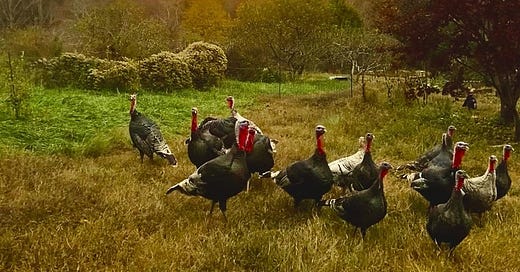




I love that you introduced me to the Livestock Conservancy. I really hadn't understood how important our heritage animal breeds are. Now I look to support farmers that keep these breeds alive as often as I can. And my food almost always tastes so much better from these farms.
Very important work! A timely message, Cathy. Thank you for promoting this mission and for your years of working with heritage breeds.